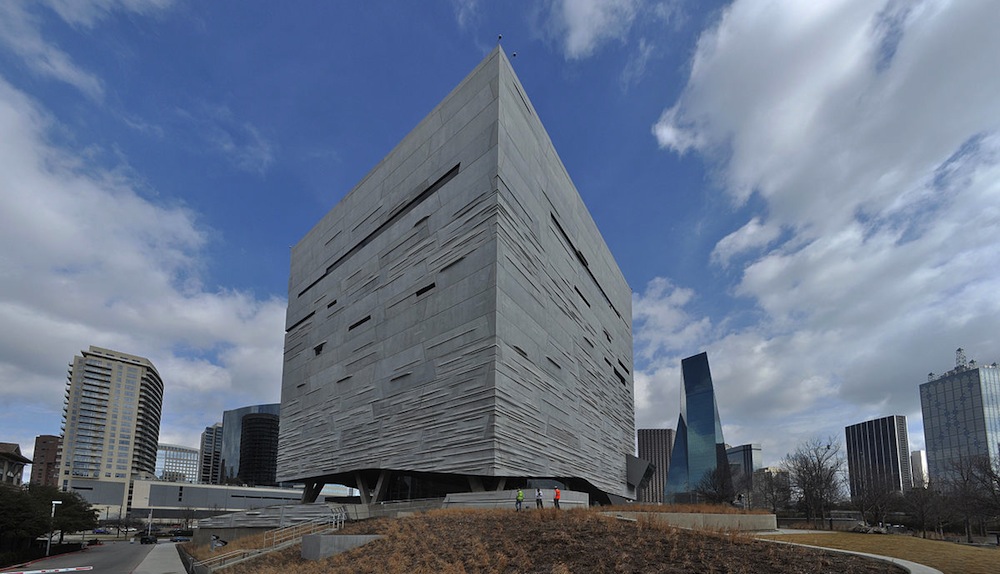The U.S. General Services Administration (GSA) has adopted the SITES rating system for its capital construction program.
Green Business Certification Inc.’s SITES is a program for sustainable land development and management and is used by landscape architects, engineers, architects, developers, and policymakers to align land development with innovative sustainable design. SITES certification is for development projects located on sites with or without buildings including national parks, corporate campuses, streetscapes, homes, and more.
GSA is one of the largest and most diversified public real estate organizations in the world with a portfolio of 376.9 million rentable square feet in 8,721 active assets, and more than 144,000 acres of land, including ports of entry and historical properties. The GSA determined that incorporating SITES into the program offers a highly effective and efficient way to ensure environmental performance to meet federal goals on various capital project types.
The rating system provides a metrics-based approach to important concepts like ecosystem services and green infrastructure. The GSA’s decision is incorporated in the 2016 version of Facilities Standards for the Public Buildings Service (P-100), which establishes design standards and criteria for new buildings, infrastructural projects, major and minor alternations, and work in historic structures for the Public Buildings Service (PBS) of the GSA. This document contains both policy and technical criteria used in the programming, design, and documentation of GSA buildings and facilities.
Related Stories
Codes and Standards | Sep 7, 2017
More than half of Houston properties at high or moderate risk of flooding are not in FEMA flood zone
Properties outside of these zones are not required to carry flood insurance.
Codes and Standards | Sep 6, 2017
Seventy percent of contractors have trouble finding workers
AGC survey indicates that fewer companies may be able to bid on projects.
Codes and Standards | Sep 5, 2017
New CTBUH initiatives to investigate link between fire and façades
In wake of Grenfell tragedy, Council forms new workgroup.
Codes and Standards | Sep 1, 2017
U.S. markets with the largest hotel construction pipeline
New York has the largest hotel construction pipeline of any U.S. market.
Codes and Standards | Aug 30, 2017
Trump rescinds elevation requirements for federally funded buildings and infrastructure
Flood protection on subsidized housing, hospitals, and other public buildings rolled back.
Codes and Standards | Aug 30, 2017
Stormwater runoff mitigation pays off for some building owners
Rain gardens, green roofs, cisterns, and rainwater recycling add value.
Codes and Standards | Aug 28, 2017
Commercial properties address state carbon-reduction policies
EV charging stations, batteries, and microgrid technology are all part of effort to meet demand for cleaner power.
Codes and Standards | Aug 24, 2017
OSHA silica dust exposure enforcement begins Sept. 23
Vacuum dust collection, water-delivery systems, and respirators will be required.
Codes and Standards | Aug 18, 2017
Cool roofs may increase air pollution
California’s requirement for cool roofs on new non-residential buildings could promote smog.
Codes and Standards | Aug 17, 2017
Black market sales of OSHA training certifications plague New York City construction industry
Task force formed to get fake training cards off the streets and workers properly trained.

















